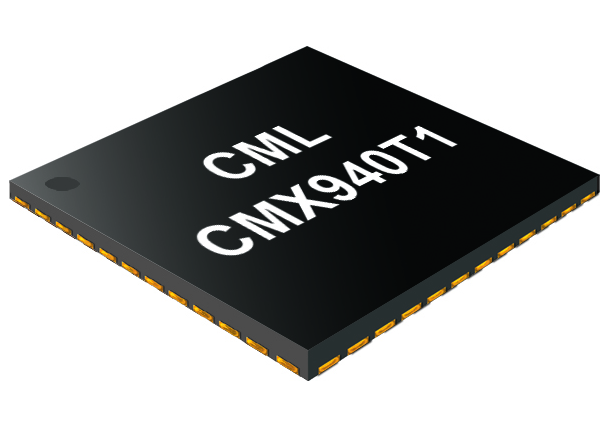Cellular telephony has defined the early part of the 21st century and there is now an entire generation that has never known life without the constant companionship of a smart phone.
Anticipation for 5G continues to grow, thanks to the wider availability of 5G-ready handsets and the continuous rollout of the network from leading operators. It is remarkable to look back over a relatively short period in our history and see how far the technology has come. High speed data is now synonymous with mobile communications and that is only going to accelerate in the coming years.
But it is worth considering that a lot of the value in mobile connectivity comes from the networks needed to support the handsets. These networks are immense, and their cost is increasing with every generation. The only way network operators can sustain this is to be extremely pragmatic about how much coverage and service they offer. Their focus is, not surprisingly, on highly populated areas, where the return is highest.
This can leave some people wanting more and in extreme cases there may not be any reliable cellular coverage at all. Uptime is critical here, because while consumers can live with dropped calls or congested networks, many commercial and industrial applications cannot.
This is what we really mean by quality of service and uptime. Before mobile telephony took hold, the use of private mobile radio met this need and in many applications it still does. What PMR offers is dedicated – and therefore reliable – connectivity across small networks that are privately managed and maintained. They are typically not dependent on base stations or large data pipes for backhaul and are not intended to be a replacement for wireless broadband services. What they do provide is away for customers who need highly reliable connectivity to implement it using technology that supports voice and data traffic.
A niche technology, but essential
Despite its huge benefits and long history, PMR remains relatively niche and that is probably as it should be. Cellular networks offer their own benefits, and they are on a trajectory that will see them become more popular and more integrated into our lives. That doesn’t mean PMR is redundant, however. On the contrary, easy access to good connectivity really just highlights the need for great connectivity.
Unfortunately for the customers of PMR, the attention of many semiconductor manufacturers supporting this application area has been diverted in recent years. Some have been lured away by the promise of bigger markets and the high-volume sales associated with cellular and license-free technologies such as Bluetooth. CML Microcircuits is different in this respect, as a specialist in high-quality RF solutions it has always been focused on supporting applications such as PMR and continues to do so.
The latest offering from CML in this area is the CMX940 RF synthesizer with dual Phase Locked Loops (PLLs) and a fully integrated voltage-controlled oscillator (VCO). Along with the transceiver, an RF synthesizer is a critical element in radio systems, not just those targeting PMR. However, because of the operating frequencies used, the synthesizer needs to be designed and optimized to operate at the relevant frequencies. In this case, that means the range from 400 MHz to 490 MHz, although the CMX940 can actually operate from 49 MHz up to 2 GHz.
This isn’t the first RF synthesizer CML has developed for this application area, but the CMX940 takes full advantage of the BiCMOS process to deliver the best performance at the lowest power. This means it can enable smaller PMR products that operate for longer on a single charge or set of batteries. For two-way radios, being able to operate for 12 hours from a single charge could be critical in a remote location, where other forms of communication aren’t possible.
Achieving this level of low power operation in an RF synthesizer is difficult, typically manufacturers resort to using more power in order to address key parameters that impact performance, such as phase noise. In conventional RF systems, dedicating more power to the sensitive analogue components delivers higher performance and, due to the lack of ongoing investment coming from most manufacturers, this has been accepted by the market. However, CML has proven with the CMX940 that it is possible to deliver high performance at low power. By integrating the VCO, most applications can eliminate this from the bill of materials, which as well as saving system power also lowers the total cost.
Much of the performance offered by the CMX940 comes from its innovative dual PLL architecture, comprising an integral N PLL and a fractional PLL. In other synthesizers it is more common to use a simple divider instead of the second PLL, however this limits how configurable the solution can be. Being able to tweak the way the two PLLs operate is how CML manages to achieve such low phase noise figures. It also reduces spurious components in the carrier signal, which reduces overall system performance.
Private mobile radio is still a very important application area. The internet hasn’t change that, in fact it has probably accentuated it. Modern PMRs now offer data services, which brings them into the age of the IoT. With the ability to operate where no other network can, the future of PMR is assured. And with solutions like the CMX940, CML is keen to support that.





